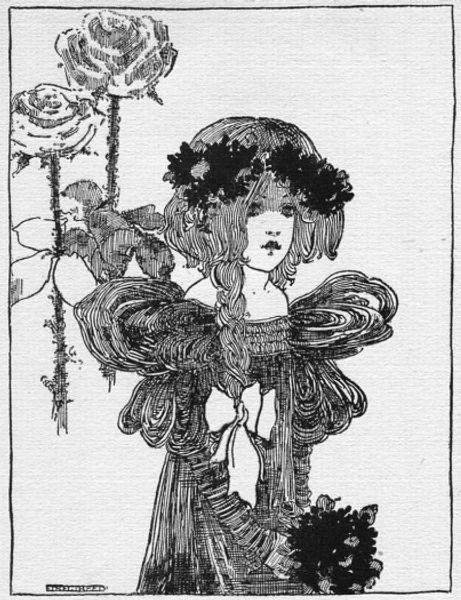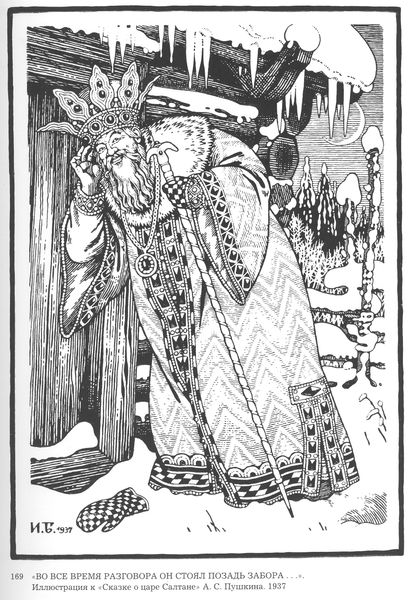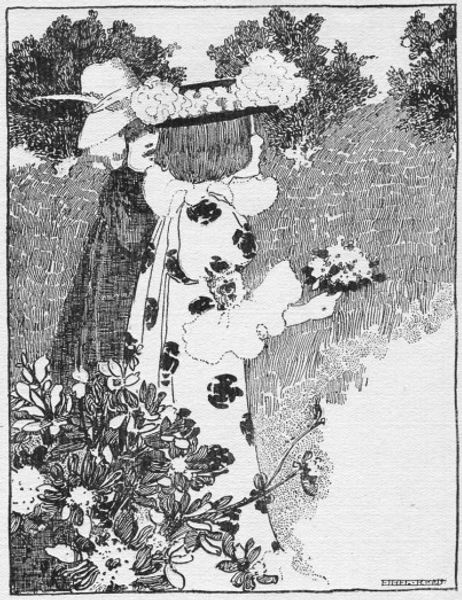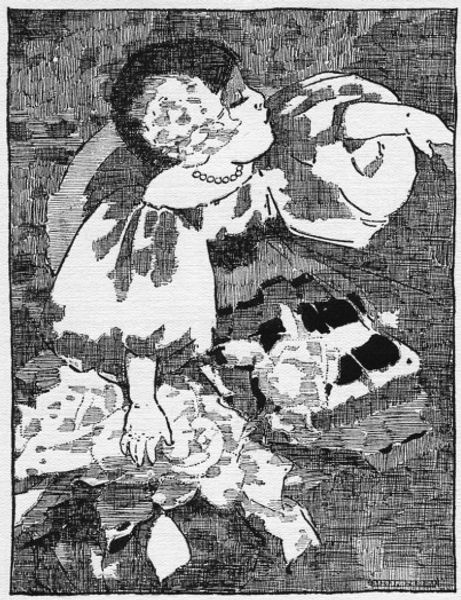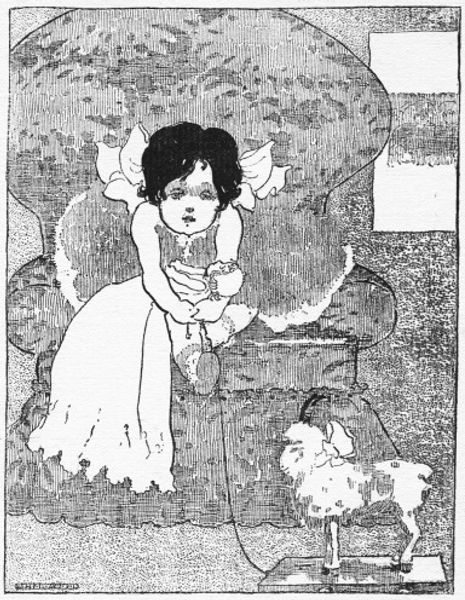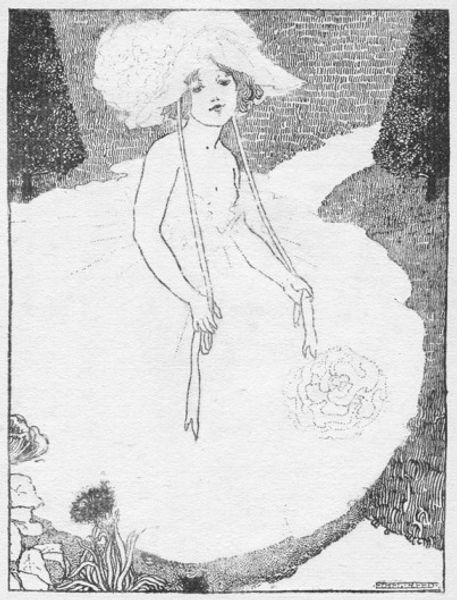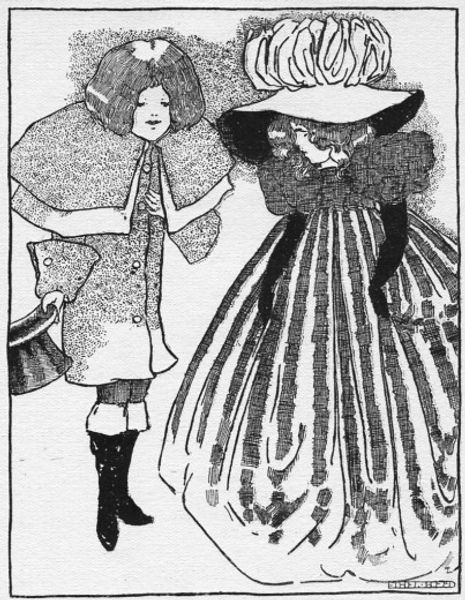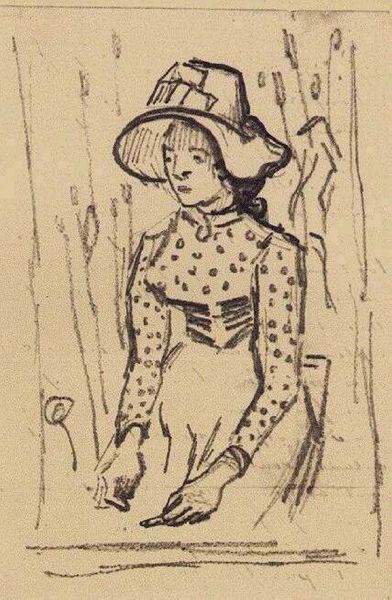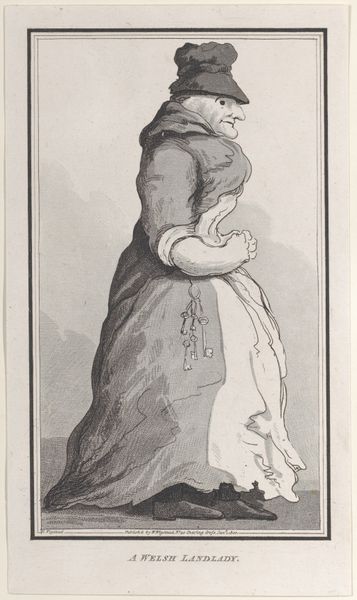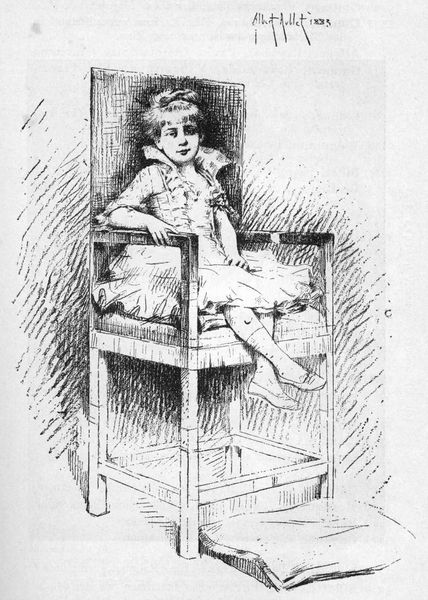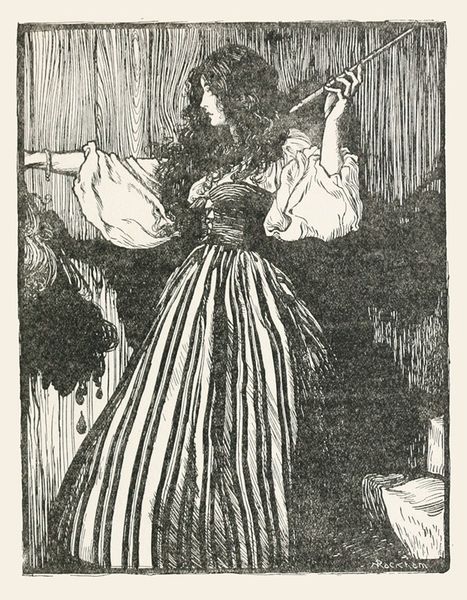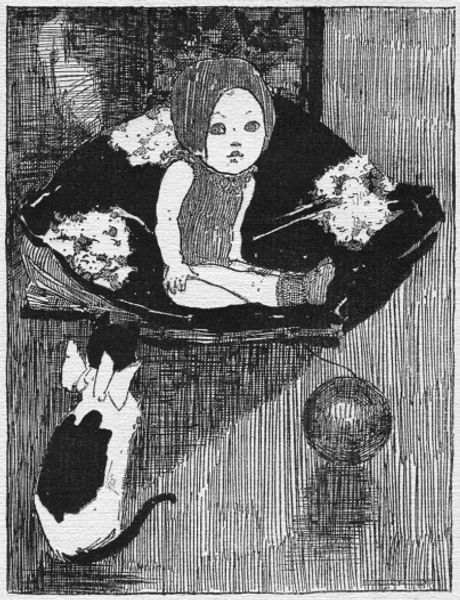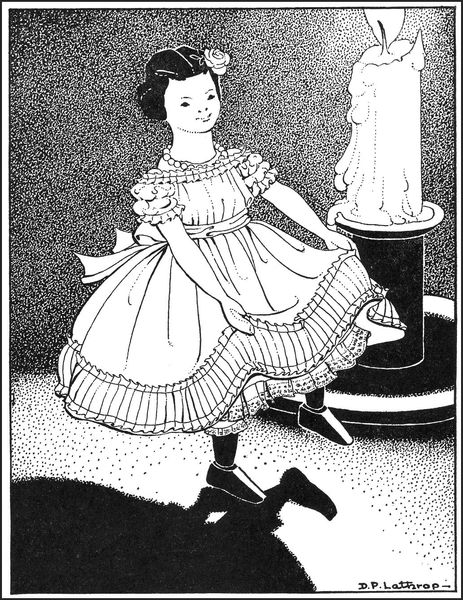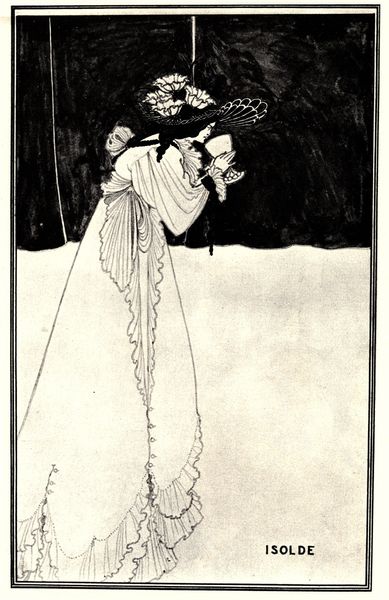
drawing, paper, ink
#
portrait
#
drawing
#
art-nouveau
#
narrative illustration
#
narrative-art
#
paper
#
ink line art
#
ink
Copyright: Public domain
Editor: This is "Illustration from In Childhoods Country" by Ethel Reed, created in 1896 using ink on paper. It’s a delicate drawing; the figure feels both innocent and somehow knowing. How do you interpret this work? Curator: Reed's work, particularly this illustration, exists in a fascinating cultural space. The late 19th century witnessed increasing artistic exploration by women, yet societal constraints remained. Notice how Reed employs the aesthetics of Art Nouveau to depict childhood, a theme often sentimentalized, but here there's a hint of something else, don't you think? Editor: Something darker, perhaps? Or maybe just… less naive? Curator: Precisely! The girl’s gaze is averted, obscured even, and her surroundings are not overtly joyous. Consider the context: many female artists at the time used the image of women or childhood to comment on their own limited roles. Do you see how this piece might subvert the expectations of the idealized female figure so prevalent in art at that time? Editor: That's really interesting, I hadn't thought about it that way. So it’s not just a pretty picture, but maybe a subtle commentary on the restrictions placed on women, even in childhood? Curator: It absolutely could be. By examining the piece through the lens of feminist theory, and considering the historical context of female artists at the turn of the century, we can unpack richer meanings than initially apparent. The seemingly simple illustration then becomes a powerful statement. Editor: I see. I never considered that art could serve as a reflection on limitations. It makes me look at art in a different way. Curator: That’s the beauty of art; there’s always another perspective to uncover.
Comments
No comments
Be the first to comment and join the conversation on the ultimate creative platform.
